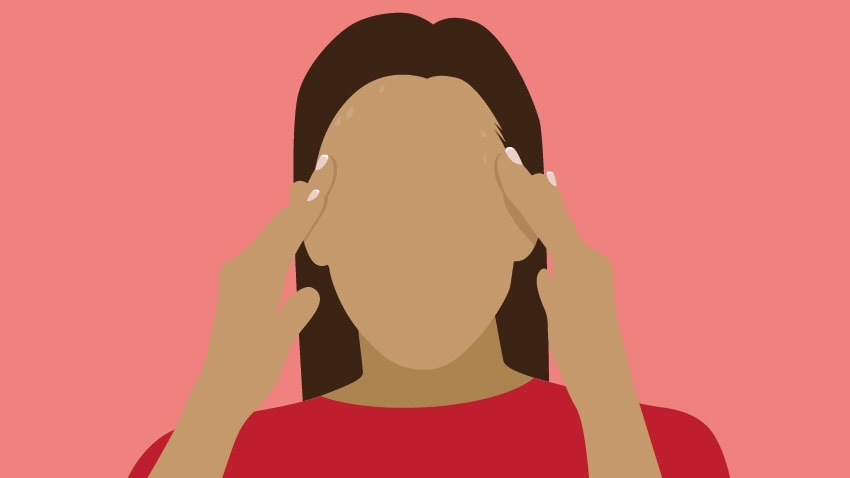Imagine constantly having shortness of breath, a racing heart, chest discomfort and tingling in your hands but all medical tests reveal that you have no cardiac issues. How in the HEALTH does that happen?

Within the last year, I found myself in some situations where I was extremely anxious and had to take repeat breaks to “calm down”. I would excuse myself from meetings, schedule extra time for solitude, even break from parenthood when the opportunity presented itself – to regain a more stable sense of self. It was almost like I was losing control or spazzing out and things felt strange. As these instances got worse, I began to pinpoint triggers for these episodes – eventually realizing that is was an increase in my anxiety level. I practiced mindfulness more than ever. In recent dialogue with close friends, I learned that I was not alone. This led me to do further research on anxiety, anxiety disorders and panic attacks.

Anxiety is a feeling of uneasiness, excessive worrying or nervousness.
5 Major Types of Anxiety
Resource: University of Michigan Health
- Generalized anxiety disorder: Chronic anxiety characterized by exaggerated worry and tension, usually focused on future events and outcomes.
- Obsessive-compulsive disorder: Recurrent, unwanted thoughts (obsessions) or repetitive behaviors (compulsions). Behaviors are often performed with the hope of preventing or shaking off obsessive thoughts. But that provides only temporary relief; not performing them markedly increases anxiety symptoms.
- Panic disorder: Unexpected and repeated episodes of intense fear accompanied by physical symptoms.
- Post-traumatic stress disorder: Develops after exposure to a terrifying event or ordeal in which grave physical harm occurred or was threatened.
- Social anxiety disorder: Overwhelming anxiety and excessive self-consciousness in everyday social situations.
 Anxiety can fuel a panic attack. There is no such thing as an anxiety attack. Panic attacks differ from anxiety disorders and can be chronic. According to the University of Michigan, panic attacks, often brief, are brought on by the body’s “fight or flight” response. (Hudson, 2018)
Anxiety can fuel a panic attack. There is no such thing as an anxiety attack. Panic attacks differ from anxiety disorders and can be chronic. According to the University of Michigan, panic attacks, often brief, are brought on by the body’s “fight or flight” response. (Hudson, 2018)
Psychiatrist Dr. Elizabeth Duval at the University of Michigan shares that panic attacks are triggered by uncomfortable situations and usually include at least four of the following symptoms:
• Racing heart
• Shortness of breath
• Trembling or shaking
• Chest discomfort
• Feeling of choking
• Nausea or stomach distress
• Tingling in extremities
• Lightheadedness
• Changes in sensory experiences (e.g. tunnel vision)
• Feeling cold or hot
• Sweating
• Feeling like things are unreal or unfamiliar
• Fear of dying or fear of losing control
Panic attacks can be halted by deep breathing and becoming more aware of your surroundings. I have never had a full panic attack but my friends shared that it’s a pretty scary experience. We all agreed that reducing stress and quieting our mind helps to manage anxiety and prevent panic attacks. Protect your peace at all costs.
Along with exercising, meditating, getting enough sleep and being mindful of caffeine intake – Essential Oils and Candles are a great way to calm your thoughts and recenter yourself.
Check out Sukie’s Candle Co
Click Here to Visit Sukie’s Candle Co Webpage
Be on the lookout for Oil Me Crazii
Click Here to Follow Oil Me Crazii Facebook
Click Here to Follow Oil Me Crazii Instagram
References:
I’ve been using candles a lot more lately especially in the morning and before bed and it has made a difference in calming my thoughts and personal space. Great post!
LikeLike
So great to hear, thank you for sharing!!
LikeLike